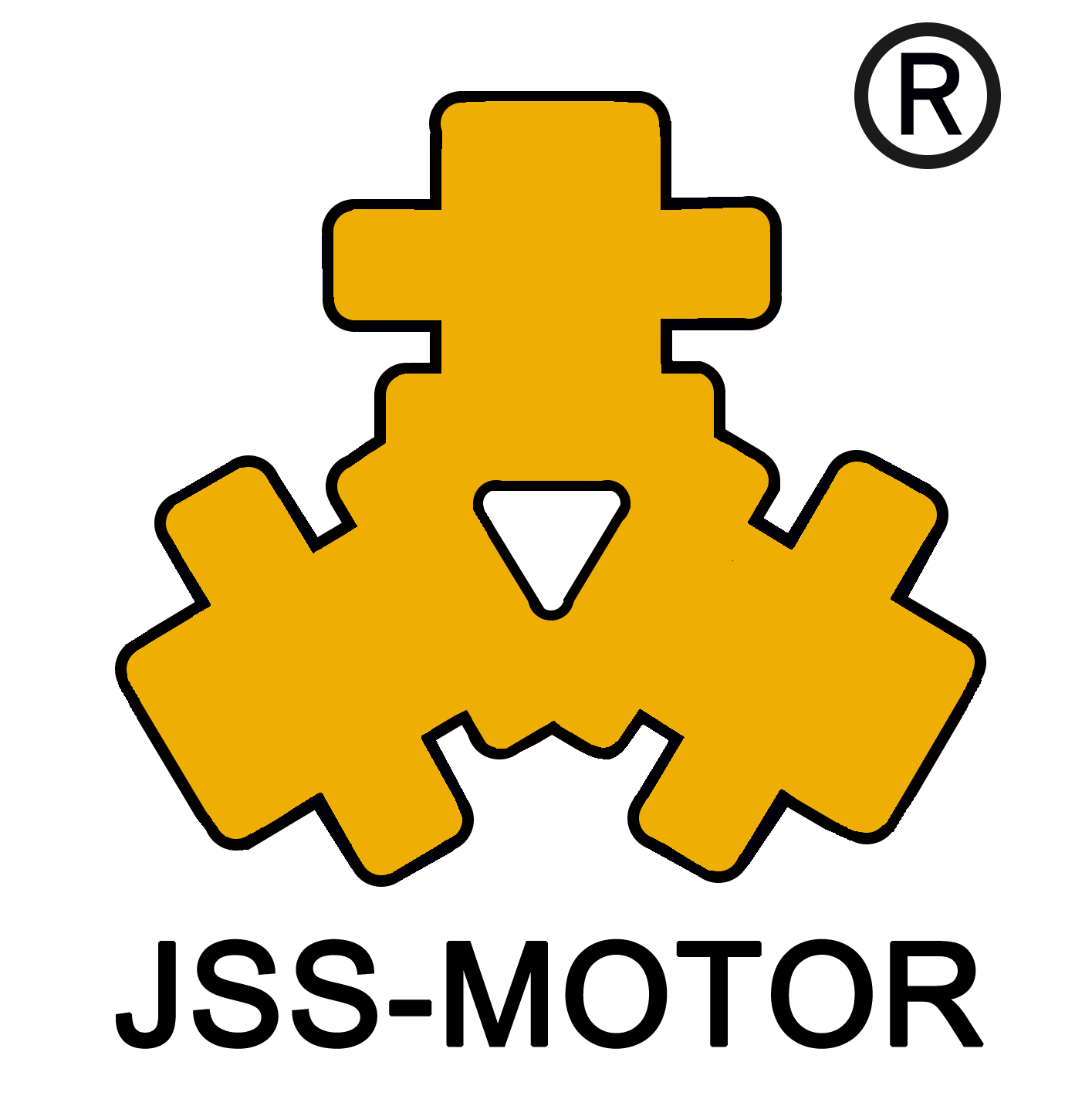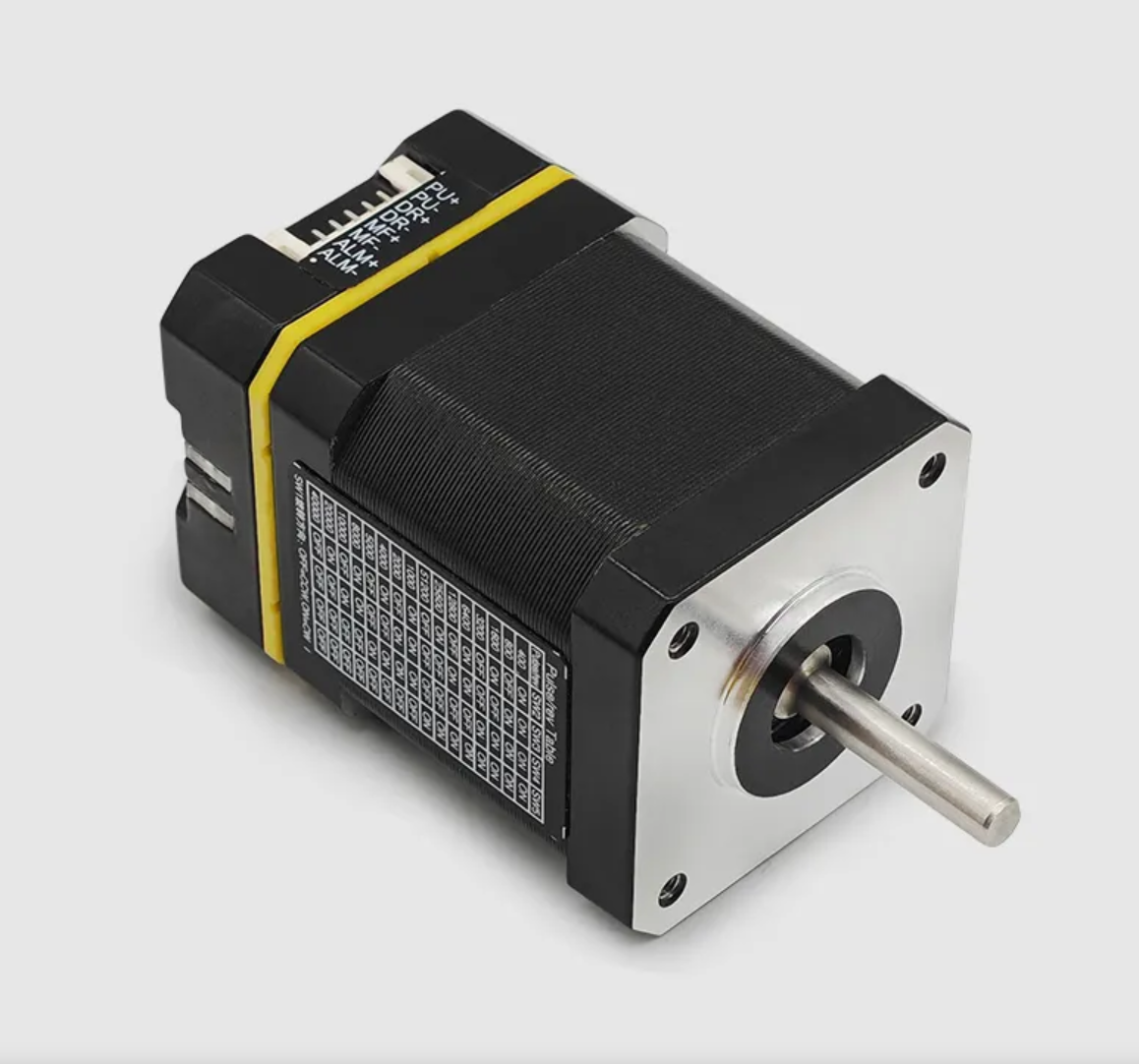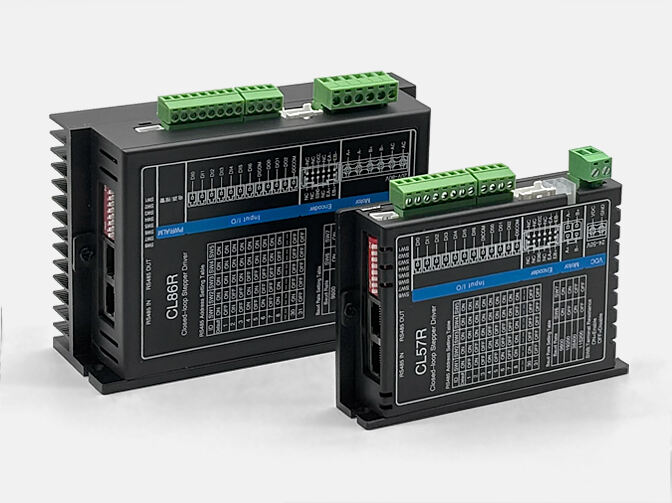Understanding Stepper Motor Drivers Basics
What Is a Stepper Motor Driver?
Stepper motor drivers serve as important electronic devices that manage how stepper motors operate, allowing them to move precisely across many different applications. These drivers basically take electrical signals and turn them into actual physical movement, giving control over things like how fast something moves, which direction it goes, and exactly where it stops. Looking at what makes up a good stepper motor driver, we find three main parts: the power source, the control circuitry, and the connections needed to interface with other equipment. All these pieces work together to determine how well the whole system performs. When it comes to automated systems and robots, these motor drivers become absolutely necessary because they make everything run smoother and last longer through better movement control. What really matters here is their precision capability. For jobs requiring exact measurements, even tiny mistakes can cause big problems down the line, leading to wasted time or faulty products.
Core Functions in Motion Control Systems
Stepper motor drivers play a key role in motion control systems because they handle important functions like controlling acceleration and deceleration. This allows machines to move smoothly and accurately, something that's really important for automation work. Inside these drivers there are feedback systems that keep things running correctly and reliably even when conditions change. They take those analog signals and turn them into PWM outputs, basically translating electrical commands into actual motor movement. We see this all over the place in CNC machines, 3D printers, and robotic arms where precision matters most for complicated operations. Look at how these devices perform their tasks day after day without error, and it becomes clear why stepper motor drivers have become so essential across different kinds of automated equipment. What makes them stand out is their ability to take complex control instructions and turn them into consistent mechanical action, which explains why manufacturers continue to rely on them despite newer technologies emerging.
Key Factors to Choose the Right Stepper Motor Driver
Matching Motor Specifications and Driver Compatibility
Picking out the correct stepper motor driver starts by looking closely at what specs the motor actually has so they work together properly. Important stuff to check includes things like step angle, how much torque it holds when stopped, and voltage requirements that must match up with whatever driver we choose for smooth operation. Current ratings matter too because if the driver isn't rated for enough power, it might get damaged trying to run the motor under load conditions. Always double check those numbers before making a purchase decision since getting them wrong leads to wasted time and money down the road. Manufacturers usually provide detailed data sheets along with performance graphs showing exactly how different motors respond to various drivers. Taking all this into account makes sense both from an efficiency standpoint and also extends how long our equipment will last without needing replacement parts.
Current Ratings and Torque Requirements
Getting a handle on current ratings matters a lot when figuring out what kind of torque we need for stepper motors. The amount of current a driver can handle basically determines how much torque will be available. For most applications, calculating exactly what current level works best becomes pretty critical if we want our system to perform properly. When picking a driver, engineers usually have to strike a balance between torque needs and speed requirements so the motor runs smoothly even when loads change during operation. More torque doesn't always mean better results though. Too much torque actually creates problems with heat buildup inside the motor housing. Most manufacturers stick close to established guidelines to keep things running cool while avoiding premature wear issues. From what I've seen in the field, focusing on getting good efficiency instead of chasing maximum torque tends to give us motors that last longer and cause fewer headaches down the road.
Driver Types and Performance Considerations
Open-Loop vs. Closed-Loop Driver Systems
Choosing between open loop and closed loop systems when picking a stepper motor driver matters a lot because these two approaches work differently and suit different situations. Open loop systems are pretty straightforward since they just take commands without any feedback mechanism. That makes them cheaper and easier to set up for things where exact positioning isn't so important, like some basic 3D printing setups. On the flip side, closed loop systems come equipped with sensors that monitor what's happening in real time. These systems can adjust themselves automatically if something goes off track, which explains why they're preferred for tasks needing precise control, think CNC machining centers or robotic arms. For budget conscious builders working on simple projects, open loop often works fine. But anyone dealing with high precision manufacturing usually finds that investing in closed loop pays off in the long run. Ultimately, most engineers find themselves weighing factors like how accurate the movements need to be against what kind of money they want to spend upfront.
Microstepping Capabilities for Precision
When it comes to getting precise results from stepper motors, microstepping matters a lot. The technique works by breaking down each motor step into much smaller parts, which actually makes the motor move more accurately while cutting down on those annoying torque ripples that make things jittery. Full step mode just isn't as good at handling vibrations compared to microstepping, something that really stands out in delicate operations such as 3D printing heads or laser engravers where even tiny inaccuracies count. Real world testing shows that machines running on microstepped motors tend to run quieter overall and position components with greater accuracy. Look at what CNC machine builders report - they see noticeable differences in how smoothly their equipment runs day to day, plus fewer alignment issues when working on intricate designs. That's why so many advanced manufacturing setups rely heavily on this technology for their most demanding tasks.
Power and Environmental Requirements
Voltage Supply and Thermal Management
Getting a handle on power needs for stepper motor drivers matters quite a bit when it comes to voltage supply and keeping things cool. Most stepper drivers including models like the A4988 work best within certain voltage limits. They need separate power sources for their control circuits and actual motor operation to function properly. If we want these drivers to last longer without melting down, adding some sort of thermal management makes all the difference. Heat sinks are pretty common solution here. When looking at power supply efficiency, there are several variables to consider too. How loads change over time impacts what kind of power capacity we actually need. Experience shows us that neglecting proper cooling often results in reduced performance or worse case scenario complete failure of expensive components down the line.
Noise Reduction and Durability in Harsh Conditions
Reducing noise matters a lot when working with stepper motor drivers, especially in factories or other places where loud sounds are a problem. There are several ways to cut down on electrical interference including things like filters and adaptive control methods that work pretty well. How well these drivers hold up against tough conditions like heat extremes, dirt buildup, and water exposure really affects how they perform day to day. When picking out a driver, it pays to look at ones designed specifically for rough environments. Many manufacturers have tested their products in real world situations showing just how resilient they can be. The bottom line is that drivers need to last through all sorts of challenges if we want our motor systems running smoothly without constant breakdowns or replacements down the road.
FAQ
What is the primary role of a stepper motor driver?
A stepper motor driver controls the operation of stepper motors, enabling precise movement by translating input signals into mechanical motion. This allows for accurate control over speed, direction, and position of the motor.
Why are stepper motor drivers essential in motion control systems?
Stepper motor drivers are crucial in motion control systems due to their functionalities like acceleration and deceleration control, which allow for smooth and precise movements. They are highly beneficial in applications requiring precision, such as CNC machines and robotic arms.
How do microstepping capabilities improve stepper motor precision?
Microstepping enhances motor resolution by subdividing motor steps into smaller increments, reducing torque ripple and vibrations. This leads to smoother operations and improved accuracy, beneficial in high-detail applications such as 3D printing and laser engraving.



